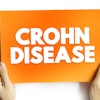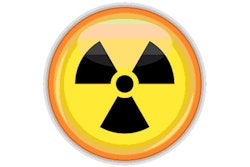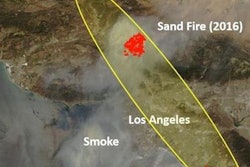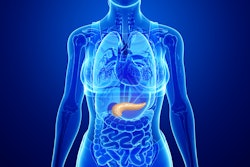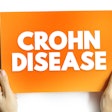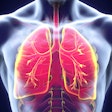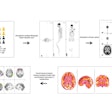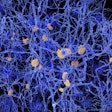People who live or have lived near an infamous creek contaminated by radioactive waste have a higher likelihood of developing cancer, according to research published July 16 in JAMA Network Open.
A team led by Michael Leung, PhD, from the Harvard T.H. Chan School of Public Health in Boston, MA, found that residents who grew up close to Coldwater Creek in north St. Louis County, MO, have an increased risk of cancer, likely through radiation exposure associated with the creek.
“When comparing those living around the creek or its floodplain with those living further than 20 km away, the association with cancers known to be radiosensitive during childhood was stronger than that of non-radiosensitive cancers,” Leung and colleagues wrote.
After the U.S. developed atomic bombs in the early 1940s, radioactive waste was stored in the open near the St. Louis airport. This waste made its way into nearby Coldwater Creek. The U.S. Department of Energy in 1989 reported the presence of radioactive material in the creek, traced back to dumping sites by Mallinckrodt Chemical Works. The company processed and refined uranium in St Louis.
While cleanup efforts persist, residents have previously reported cancer concentrations in the areas surrounding the creek. Leung and colleagues studied whether living near Coldwater Creek in childhood would be tied to self-reported cancer incidence in the St Louis Baby Tooth–Later Life Health Study (SLBT).
Participants for SLBT were recruited between 2021 and 2024. For their study, the researchers included 4,209 individuals (average age of 63 years at enrollment) who donated their baby teeth from 1958 to 1970 to assess exposure to radioactive waste.
The team reported a 24% background risk of any form of cancer for the participants, as well as the following:
Compared with participants who lived further than 20 km from the creek (odds ratio [OR], 1 for reference), participants living 1 km or nearer had an OR of 1.44 for any form of cancer.
Those who lived 1 km or nearer to the creek had higher odds of developing radiosensitive cancers (OR, 1.85) and lower odds of developing nonradiosensitive cancers (OR, 1.41).
Male participants had an OR of 2.33 for any cancer and 3.25 for radiosensitive cancers, while female participants had ORs of 1.02 and 1.32, respectively.
Cancer risks were higher for those living in buffers of greater than 1 km to 5 km and greater than 5 km to 20 km.
Finally, the team noted imprecision in some of the site-specific estimates. However, it detected clear signals for some organs, such as the thyroid (OR for living 1 km nearer to the creek vs. > 20 km, 5).
“Our findings more strongly suggest that the pattern is compatible with radiation-induced cancers, given that we found a consistently elevated risk with radiosensitive cancers, whereas the other investigators did not,” the study authors wrote.
They highlighted that the results provide a complementary analysis of the potential effects of pre-remediation childhood exposures to radiological contaminants in Coldwater Creek.
“As we continue to recruit more participants into the SLBT and continue follow-up of existing participants, we may soon be able to improve the precision of our estimates, as well as explore factors that could drive effect heterogeneity,” they wrote.
The full study can be found here.




